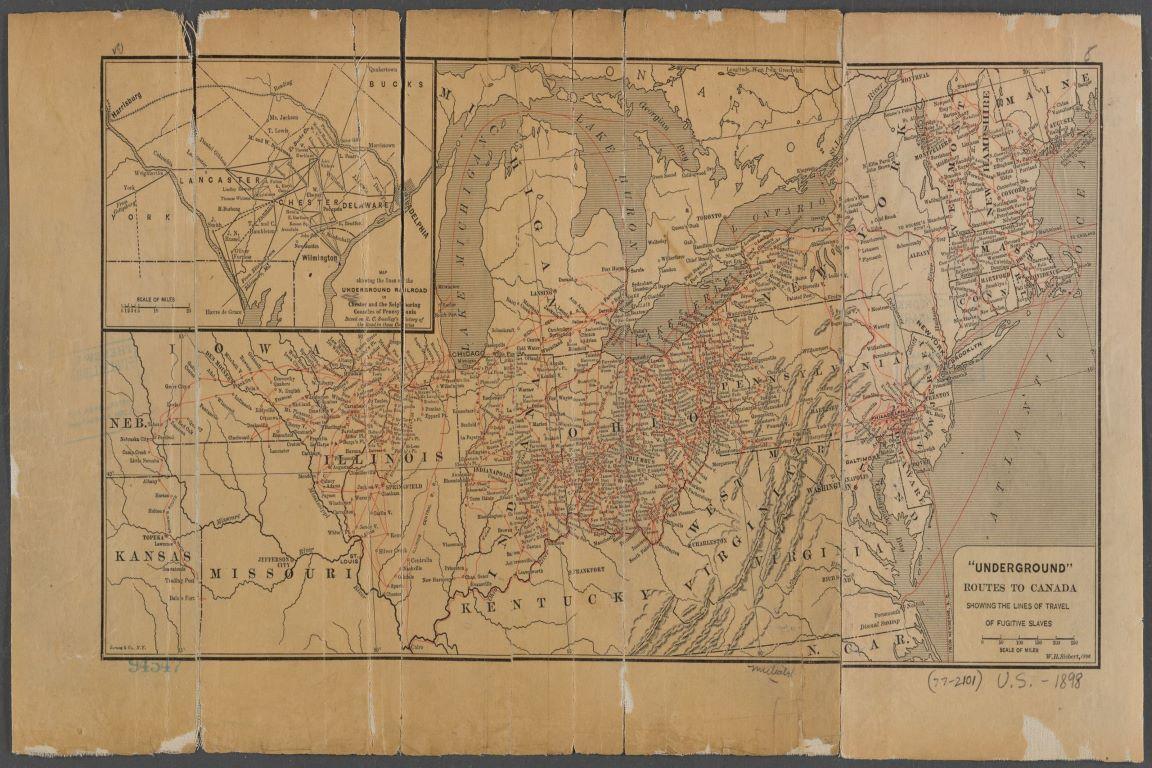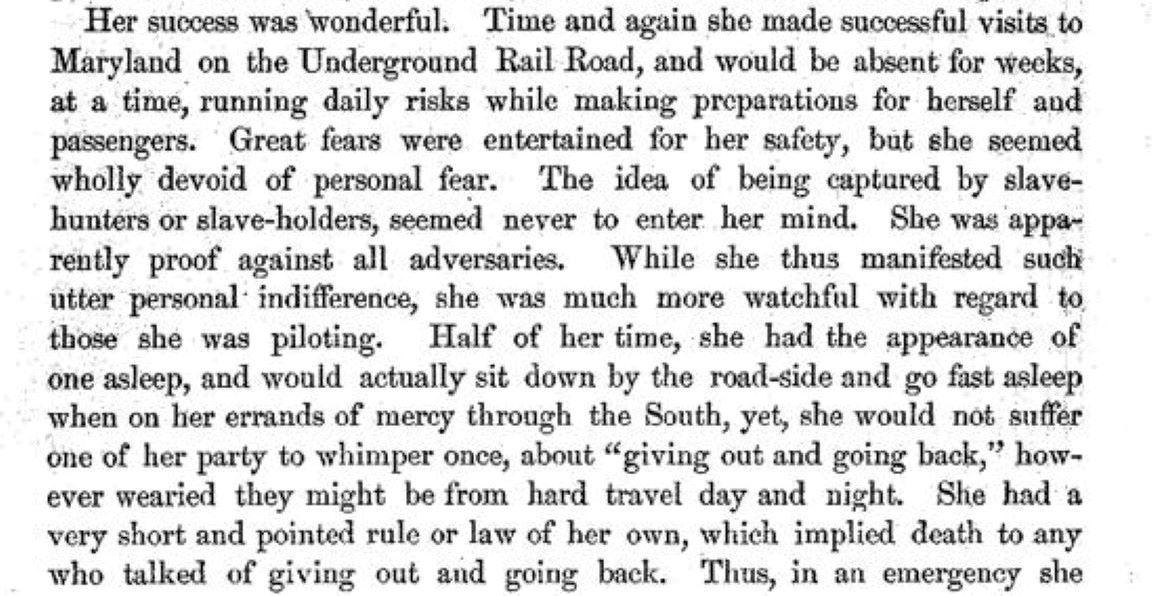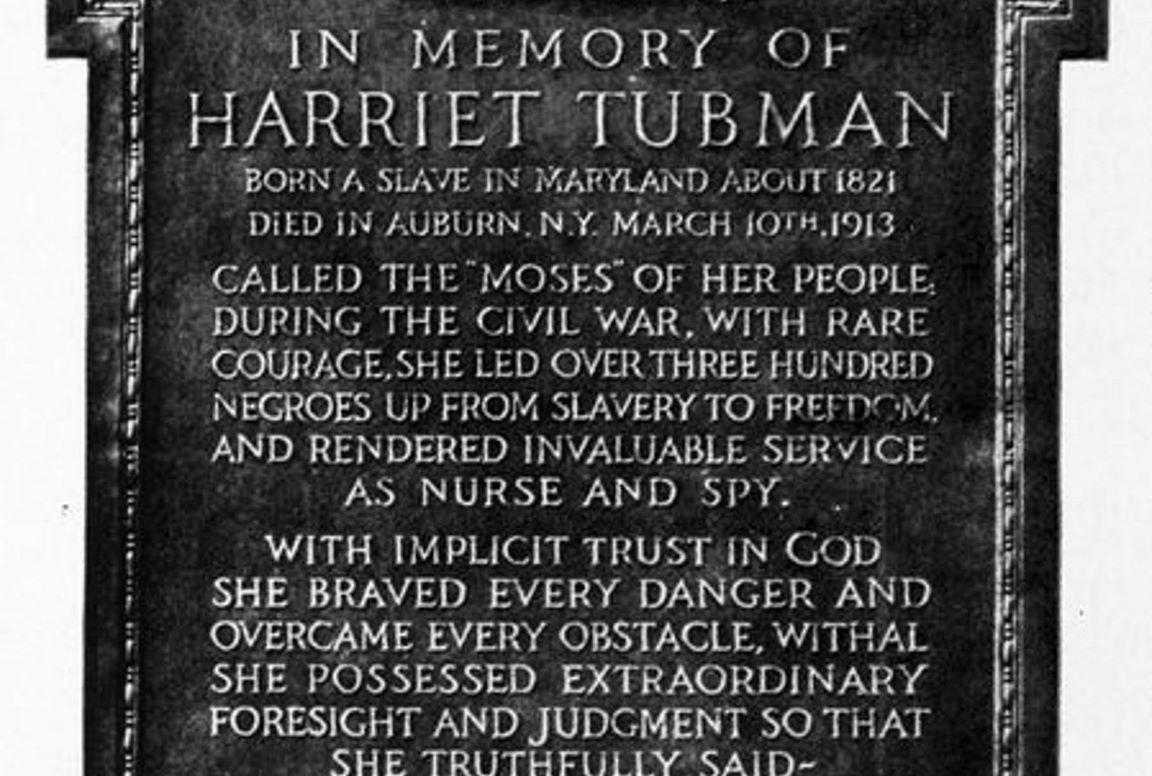Harriet Tubman made the last of her approximately 13 journeys in late 1860, just as the Civil War was beginning. She tried to get her sister Rachel and her children, only to learn that Rachel had died several months prior to her arrival. This module examines how Harriet Tubman became one of the most successful conductors on the Underground Railroad. Students will analyze primary source materials from the New York Public Library Digital Collections and the Library of Congress, and consider discussion prompts for more dialogue and deeper reflection.









